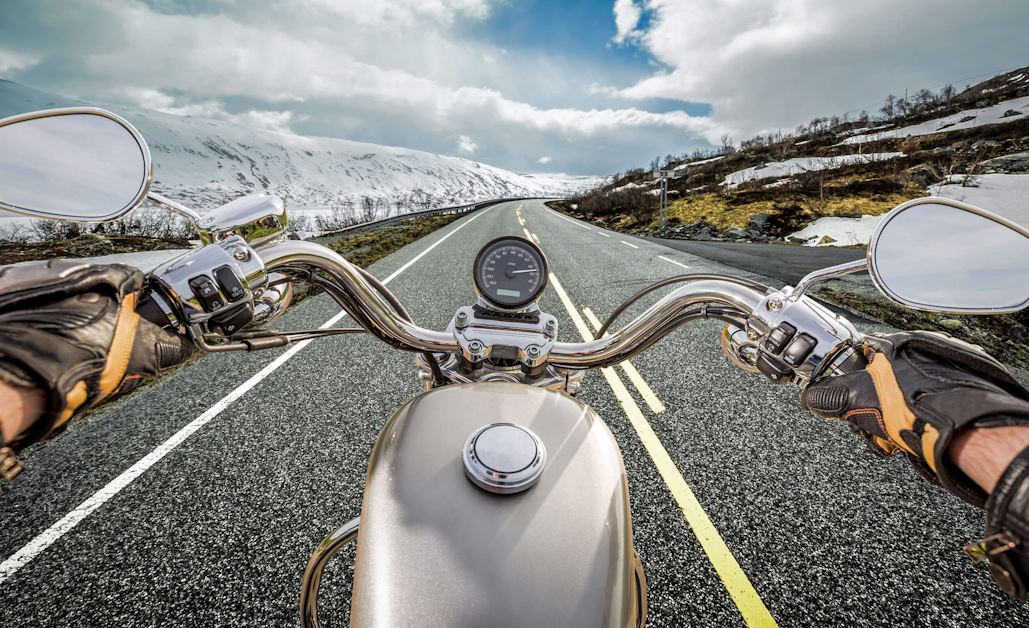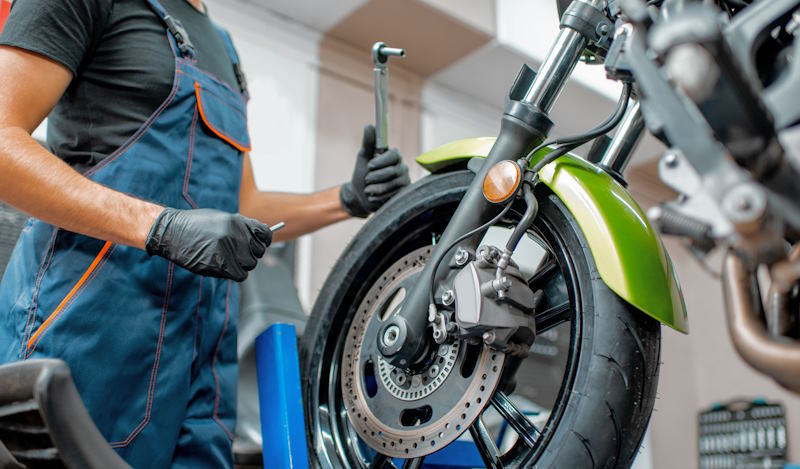Riding a motorcycle offers an unparalleled sense of freedom and adventure, but it also demands a heightened commitment to safety. The open road can be an unpredictable place, and as a motorcyclist, your well-being depends not only on your skills but also on the condition of your bike. This is where the pre-ride safety check comes into play. Just as a pilot meticulously inspects their aircraft before takeoff, a motorcyclist should perform a thorough safety check before embarking on every ride. Whether you’re a seasoned rider or a novice, embracing this routine can make all the difference in preventing accidents and enjoying the ride to the fullest. So, let’s get started on the road to safer, more confident motorcycle adventures.
Step-by-Step Motorcycle Safety Check
Overview of the Check Process
Before you even think about straddling your motorcycle and hitting the open road, there’s a critical ritual you should perform: the pre-ride safety check. This ritual is your first line of defense against potential accidents caused by mechanical failures. Think of it as your motorcycle’s regular health check-up. By following a systematic approach, you can ensure that your two-wheeled companion is in tip-top shape and ready to tackle any adventure you throw its way.

Detailed Steps for the Safety Check
- Tires and Wheels: Begin with the foundation of your ride. Check tire pressure and condition. Inspect your wheels for any signs of damage or loose spokes.
- Brakes and Brake Fluid: Ensure your brakes are responsive and effective. Check brake fluid levels and condition, as this can significantly impact your stopping power.
- Lights and Electrical Systems: Test all lights, including headlights, brake lights, turn signals, and indicators. Make sure your horn is working, and verify that all electrical systems are operational.
- Fluid Levels: Check engine oil, coolant, and hydraulic fluid levels. Proper fluid levels are crucial for engine performance and temperature control.
- Controls and Levers: Inspect clutch and throttle cables for signs of wear. Test handlebar controls and adjust them if necessary for comfortable operation.
- Suspension and Steering: Look for any damage or leaks in your suspension system. Ensure that your steering is responsive and smooth.
- Chain and Sprockets (for Chain-Driven Bikes): If your motorcycle has a chain drive, lubricate and inspect the chain. Check the condition of the sprockets for wear.
- Kickstand and Side Stand: Examine the stand’s functionality, ensuring it holds the bike securely. Avoid common accidents caused by neglecting this crucial component.
- Exhaust System: Check for loose or damaged components in the exhaust system. A well-maintained exhaust is not only essential for performance but also for environmental compliance.
Importance of Following a Systematic Approach
Each of these steps plays a vital role in your motorcycle’s overall safety and performance. Skipping any of them could mean overlooking a potential issue that could lead to a breakdown or, worse, an accident. By following a systematic approach to your pre-ride safety check, you’ll develop a routine that becomes second nature, making each ride not only more enjoyable but also significantly safer. Remember, it’s not just about where you’re going; it’s about how you get there. Stay tuned for more in-depth guides on each step of the process to ensure your motorcycle is always ready for the next adventure.
Tires and Wheels: The Foundation of Your Ride
When it comes to motorcycle safety, your tires and wheels are the unsung heroes. They’re the foundation upon which your entire riding experience rests. Neglecting their condition can lead to dire consequences. In this section, we’ll delve into the importance of checking your tires and wheels before each ride.
Checking Tire Condition and Pressure
First and foremost, take a close look at your tires. Ensure they’re free from cracks, cuts, or punctures that could compromise their integrity. The tread depth should be adequate for proper traction. Use a reliable tire pressure gauge to check that the tire pressure matches the manufacturer’s recommendations. Riding with underinflated or overinflated tires can affect handling, braking, and fuel efficiency.
Inspecting Wheels for Damage
Your wheels play a crucial role in maintaining stability and steering accuracy. Inspect them for any signs of damage, such as dents or bends. Loose or broken spokes can also pose a risk. Wheels should rotate freely without wobbling. Any irregularities in the wheels can lead to a shaky and unpredictable ride.

Brakes and Brake Fluid: Your Lifeline to Safety
When it comes to motorcycle safety, few components are as critical as your brakes. They are your lifeline, your last line of defense between a safe ride and a potential disaster. In this section, we’ll explore the importance of maintaining your brakes and brake fluid.
Testing Brake Effectiveness
Start your brake check by testing the effectiveness of your brakes. Find a clear, safe area and gently apply both the front and rear brakes. They should engage smoothly and progressively, without any sudden grabbing or jerking. Pay attention to how quickly your motorcycle comes to a stop. If you notice any unusual sounds, vibrations, or delays in stopping, it’s a sign that your brakes may need attention.
Checking Brake Fluid Levels and Condition
Next, inspect your brake fluid reservoirs. These are typically located near the handlebars for the front brake and near the rear wheel for the rear brake. Ensure the fluid levels are within the recommended range. If it’s below the minimum mark, it’s time to top it up with the correct type of brake fluid. Additionally, inspect the fluid’s condition. Brake fluid should be clear and free from contaminants. If you notice a milky or discolored appearance, it’s a sign of moisture contamination and warrants immediate attention.
